Chevy Volt Delivers Novel Two-Motor, Four-Mode Extended Range Electric Drive System; Seamless Driver Experience Plus Efficiency
Green Car Congress
OCTOBER 20, 2010
The Volt is an electric-drive vehicle, powered by a 16 kWh Li-ion battery, incorporating an internal combustion engine and generator to serve as a range extender; an electrical plug is intended to be the primary source of stored energy used to deliver motive power. When we’re in this combination.on









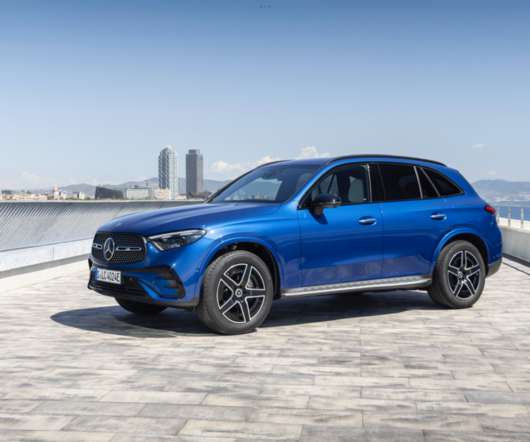
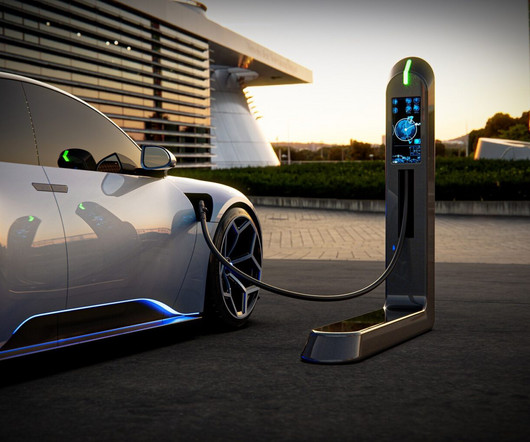
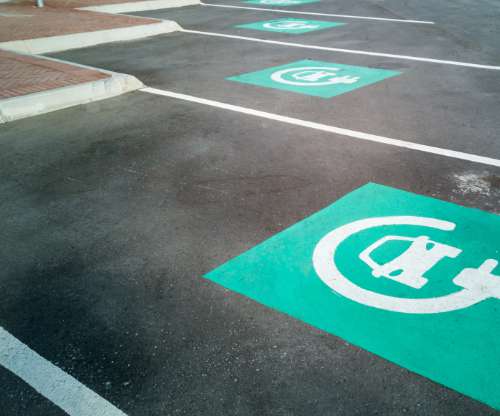


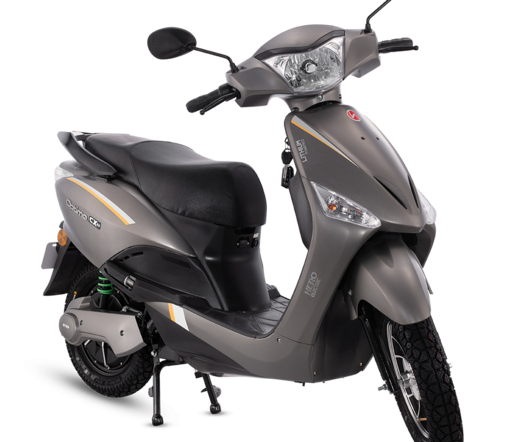




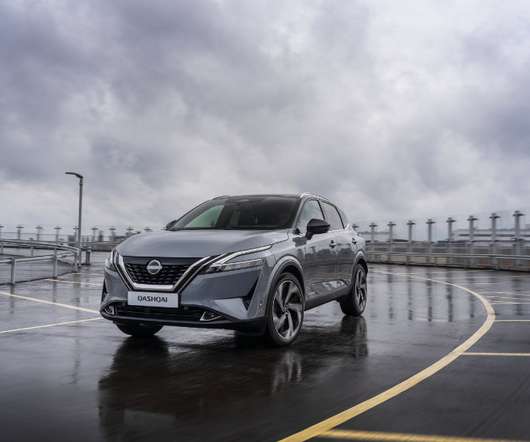











Let's personalize your content